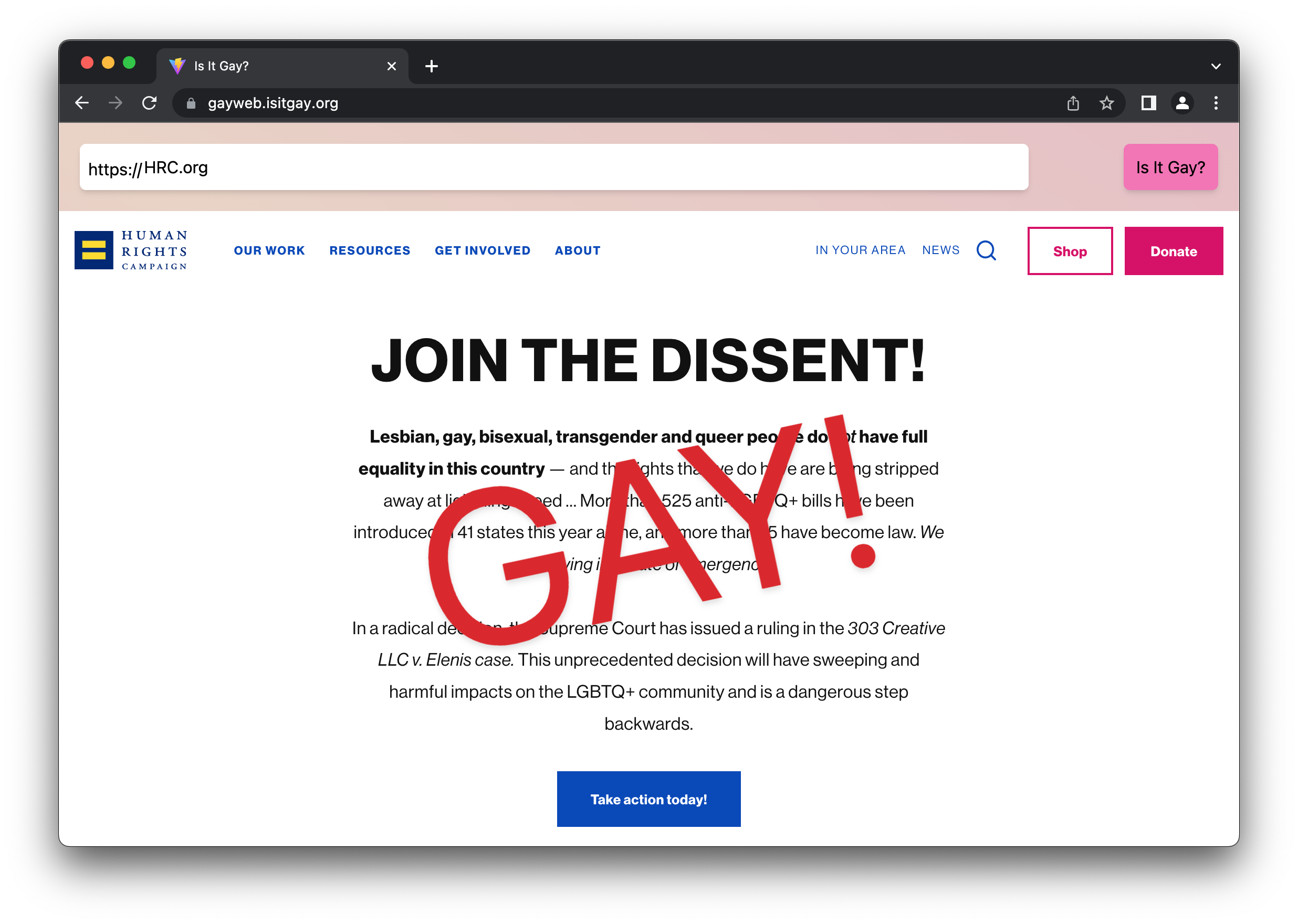Introducing "Object-Oriented Gayness"
Object-Oriented Gayness is a concept that invites us to explore the dynamic interactions between objects and LGBTQ+ experiences. It recognizes that queer identities and the diverse tapestry of human expression extend beyond individual subjectivity and encompass the relationships between objects, spaces, and cultural artifacts. By examining the influence of materiality on queer subjectivities, this conceptual framework allows us to delve into the ways in which objects and their connections contribute to the formation of LGBTQ+ identities and communities.
This approach acknowledges that queer experiences are not solely shaped by human subjects but can also be influenced by the material world. Objects, symbols, environments, and societal structures all play a part in shaping and reflecting queer identities. By exploring the significance of artifacts and their role in constructing queer subjectivities, we gain insights into the ways in which objects can challenge or reinforce societal norms related to gender and sexuality.
Gay or Not
To better understand the intricate relationship between objects and LGBTQ+ experiences, we embarked on a series of groundbreaking studies. The first of these studies, titled "Gay or Not Gay" aims to shed light on the connections between specific objects and their association with gayness within our society.
In this pioneering study, participants are presented with a diverse range of items, spanning from everyday objects to cultural artifacts. They are tasked with categorizing each object as either "Gay" or "Not Gay," providing valuable insights into the perceptions and meanings attributed to these objects within the context of queer identities.
By developing this innovative approach, we aim to delve deeper into the ways in which objects contribute to the formation of LGBTQ+ identities and communities. The "Gay or Not Gay" study serves as a stepping stone towards a greater understanding of how material artifacts intersect with queer subjectivities and challenge societal norms surrounding gender and sexuality.
To dive into the captivating world of Object-Oriented Gayness and participate in this groundbreaking study, we invite you to visit gayornot.isitgay.org. Experience firsthand the thought-provoking exploration of objects and their connections to LGBTQ+ experiences. Your participation and insights will contribute to our collective understanding of the complex interplay between objects and queer identities. Join us in shaping a more inclusive future by unraveling the fascinating relationship between objects and gayness.
Queer Interconnections: Homo Relativity
Recognizing the limitations of our previous study, we realized that attempting to rank the gayness of objects individually, in isolation, failed to capture the true essence of gayness as a spectrum of experience. This approach overlooked the interplay and contextual nature of objects within the broader LGBTQ+ landscape.
With this in mind, we sought to rectify the limitations in our next study, the "Queer Interconnections: Homo Relativity" By shifting our focus to understanding the perceived gayness of objects in relation to each other, we aimed to capture the contextual nuances and interobject dynamics that shape our understanding of gayness. This new approach allowed for a more comprehensive exploration of the spectrum of gayness and provided a deeper appreciation for the fluidity and diversity within queer experiences.
In this study, participants are presented with pairs of objects and tasked with selecting the object they perceive to be gayer of the two. The winning object then progresses to the next round, where it will face off against a new object. Through this process of comparison, we aim to understand the complex interplay between objects and the relative perception of their gayness.
By focusing on the relational aspect of object-oriented gayness, we seek to go beyond individual rankings and embrace a more holistic approach to understanding the spectrum of gayness. By exploring how objects relate to one another and how their gayness is perceived within this relational framework, we gain a deeper appreciation for the diversity and fluidity of queer experiences.
To immerse yourself in the intriguing world of "Queer Interconnections: Object Relativity" and participate in this groundbreaking study. Visit homorelativity.isitgay.org and engage in thought-provoking comparisons, share your perspectives, and contribute to a deeper understanding of the dynamic relationships between objects and gayness. Together, let's explore the vast complexities of queer experiences and shape a more inclusive future.
